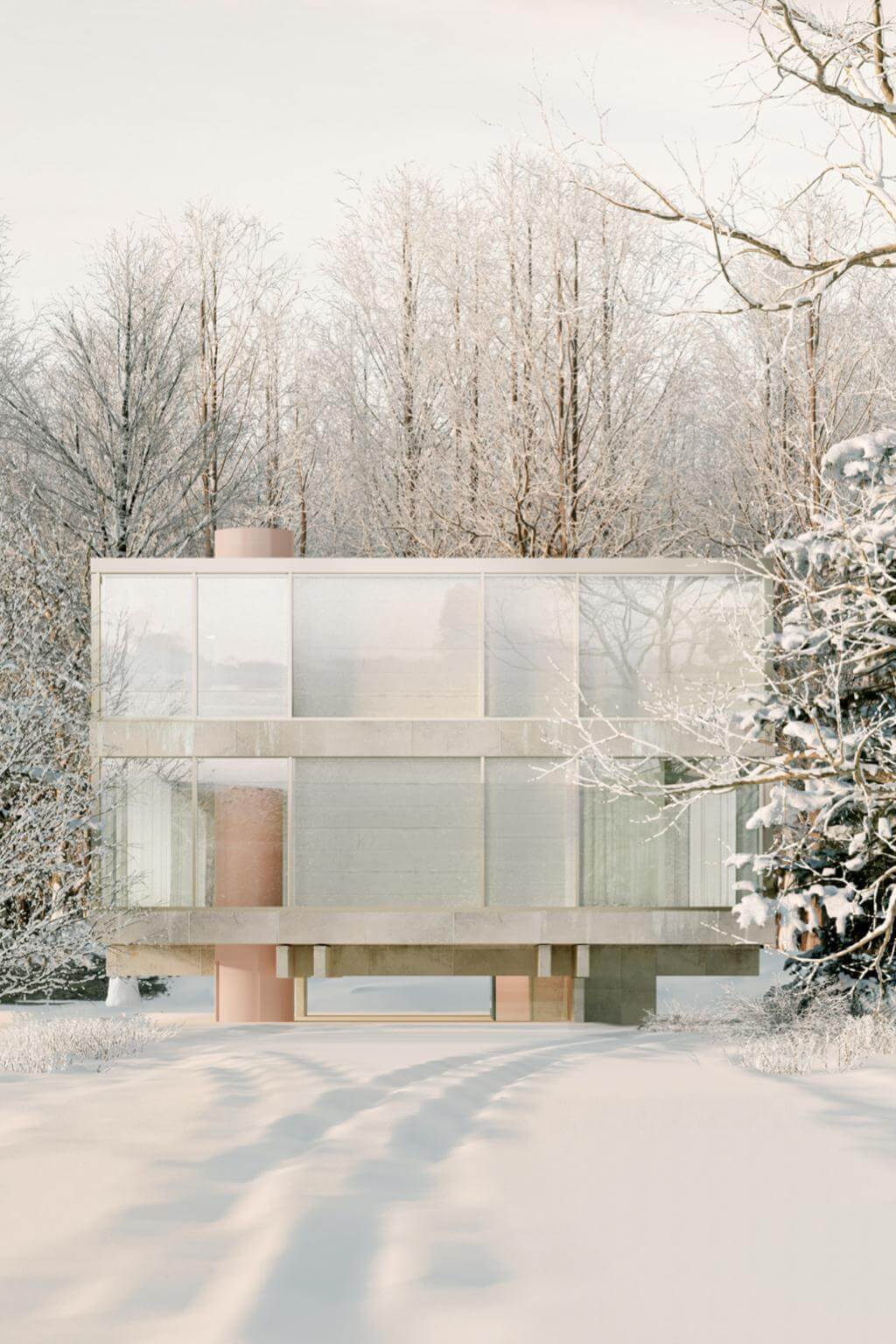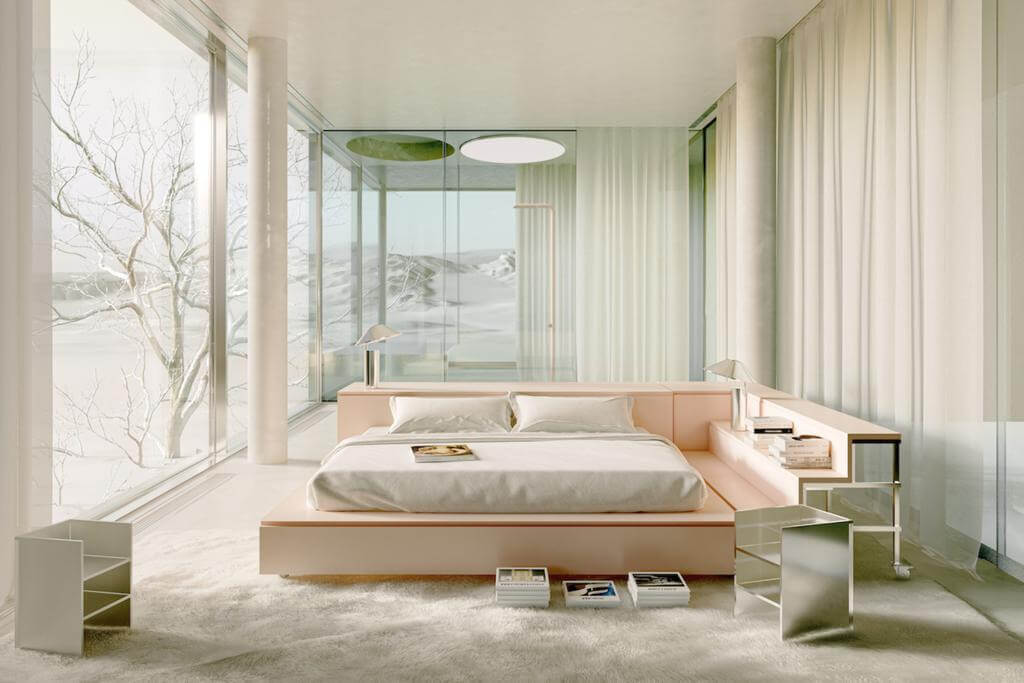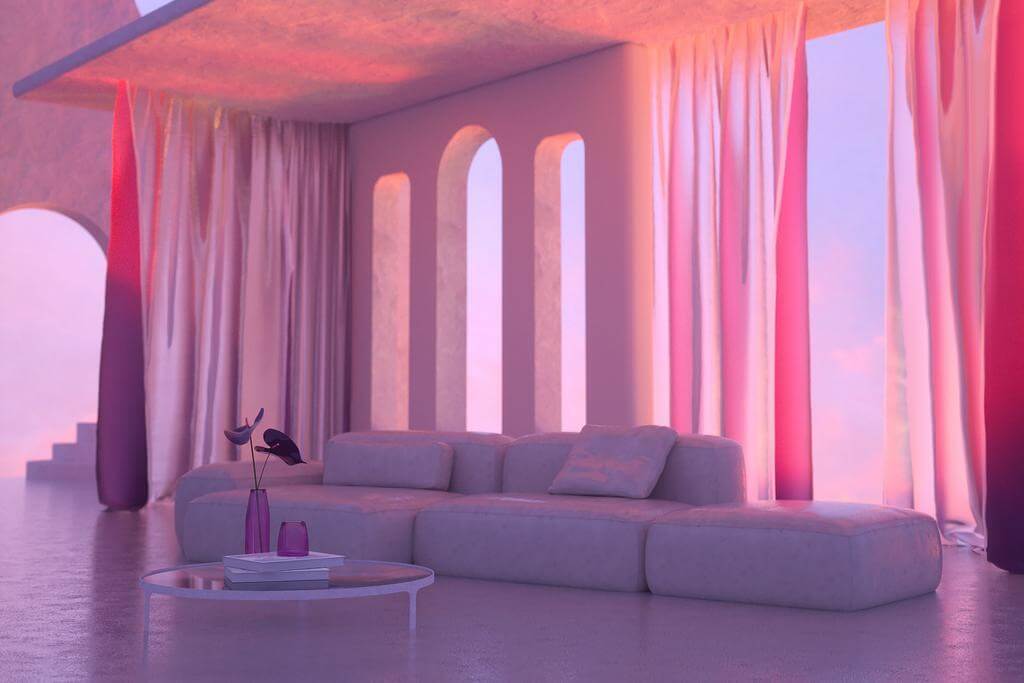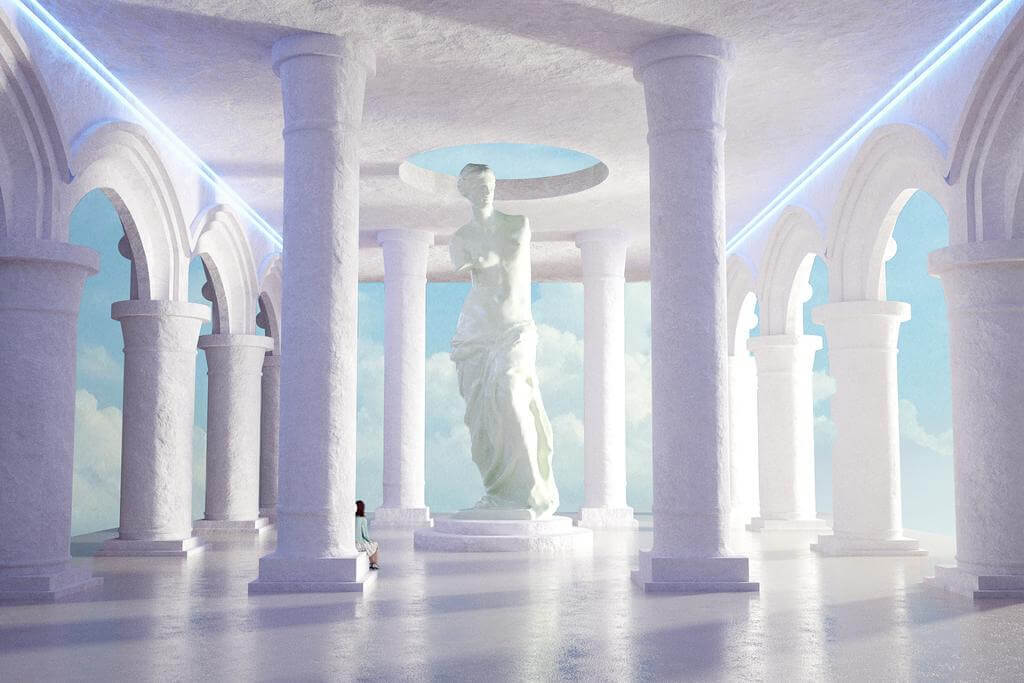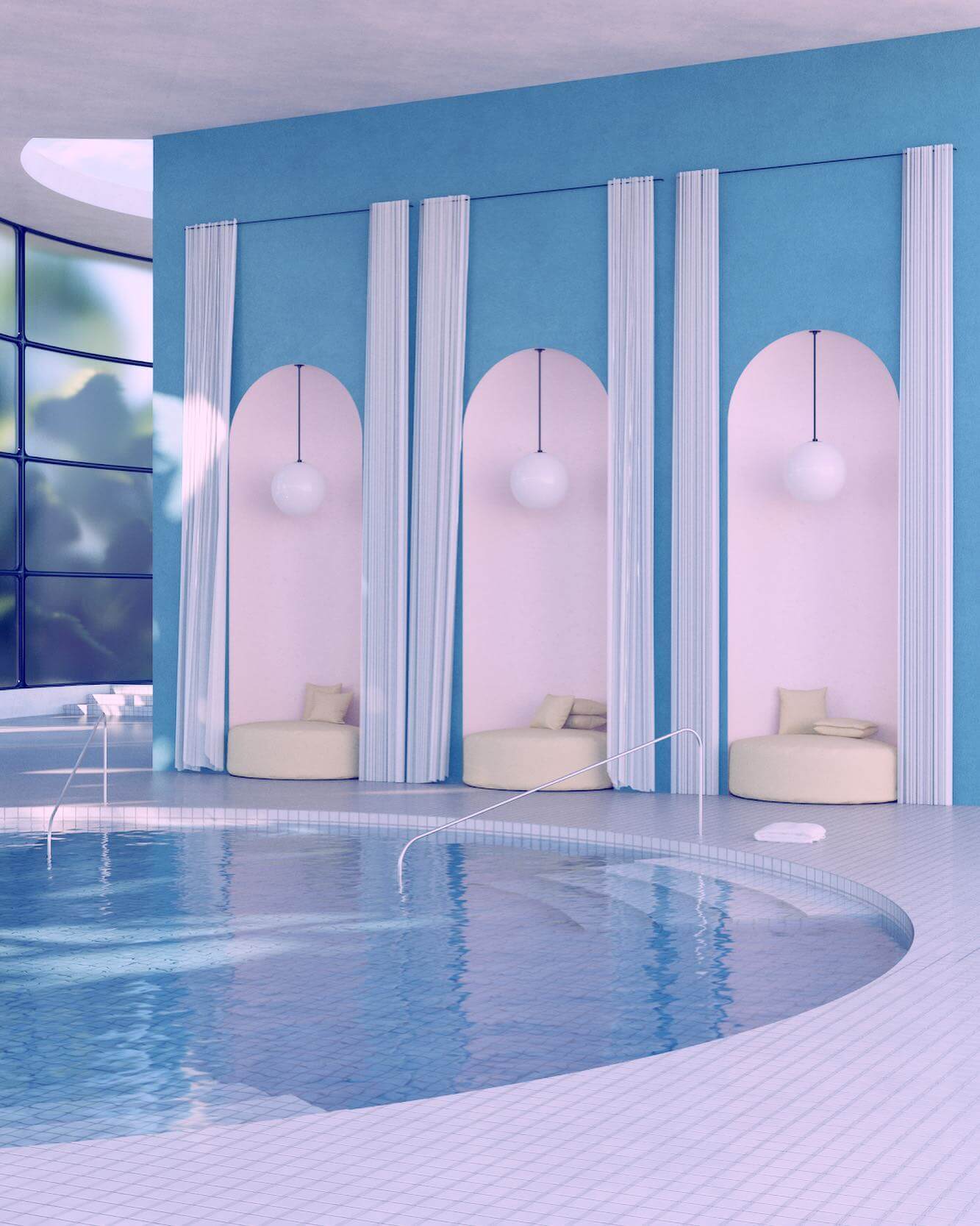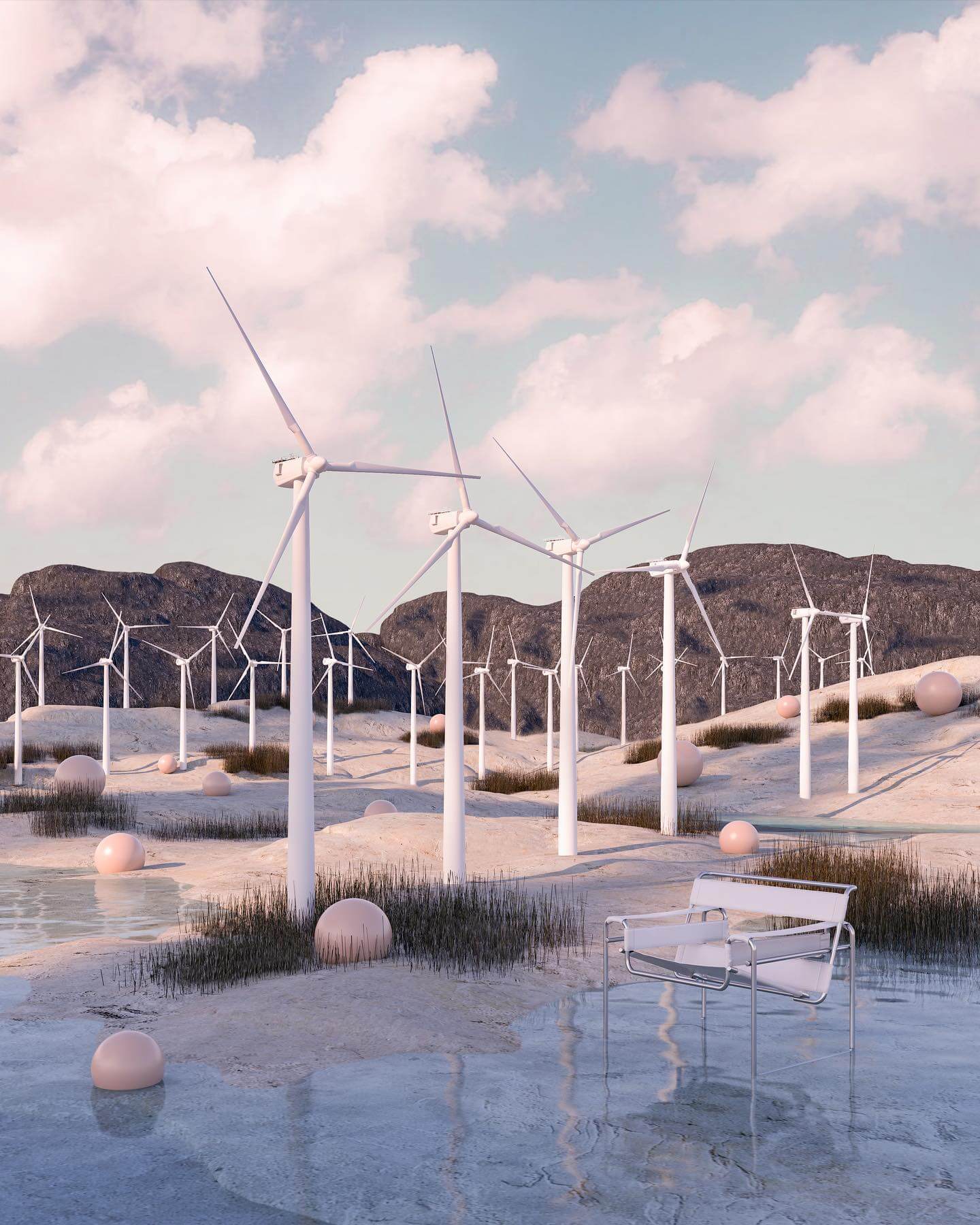In design with metaverse, the sky is no longer the limit. Metaverse architecture creates new opportunities where the real and virtual worlds merge.
Black Mirror might have been responsible for presenting us with a new fictional reality of metaverse that with the development of technology, has revolutionized the concept of reality and changed everything.
More than ever this untangible world is in vogue and topics such as metaverse, virtual reality, augmented reality, and NFTs (non-fungible tokens) are getting more and more relevant in our daily lives starting with the news, social media feeds, and regular conversions.
That impact has only increased after Mark Zuckerberg, co-founder of once known as Facebook, now Meta, announces a huge investment in this resource, a digital realm, in which whatever we can conceive may exist even if it isn’t tangible. Eventually, “metaverse” will be something that we will hear about frequently and will get developed over time extending our senses of sight, hearing, and touch.
Designing in the metaverse is creating knowing no boundaries to creativity and creating new opportunities where the real and real worlds can merge.

What exact is that?
Some are still confused and wondering what exactly is this metaverse. Here’s the possible answer: Metaverse is an online virtual world that embodies augmented reality, virtual reality, 3D holographic avatars, video, and other forms of digital resources.
Unlike other social media platforms so far, metaverse allows users to engage with each other but not as themselves but with an avatar using virtual reality technologies. More than that, metaverse allows us to extend our senses of sight, hearing, and touch, mix digital objects into the real world and enter completely immersive 3D environments whenever we want.
Mark Zuckerberg, the co-founder of the platform Facebook, now “Meta” revealed the change of positioning and massive investment in this resource, metaverse, and use it as a social networking platform that aims to assist people in connecting, forming new communities, expanding their businesses, where individuals and teams can do anything they desire, including work, play, and socialize. Zuckerberg started a new beginning an era and as plausible as sounds are predictable to say that metaverse will reach 1 billion individuals in the next ten years of existence.
This new world is not some coming out of the blue, and metaverse architecture ensures that the metaverse is an all-inclusive and vernacular world since spaces shape our feelings and impact our emotions and purpose.
What’s Metaverse Architecture?
Metaverse architecture can be described in simple terms as creating virtual spaces to experience within the digital world, or simply “metaverse”. Metaverse architects aren’t exclusively architects. They can also be graphic designers and more than that, superb 3D designers.
For creators, this new resource can be extremely exciting and open the doors to a no-limits world. More than that, with no budget, no height or sizes in general restrictions, allowing them to create disregarding if the material is at their disposal. With this creative freedom and endless resources, architecture projects in this virtual world can be dream come true spaces that trigger emotions, motivations to those who can, for any reason, be nearly impossible or simply complicated to bring into the mundane world. This idyllic scenario means a transcending experience.
It is likely to have a distinction between the “architects” and the “meta architects”. While in the real world traditional architecture provides a whole routine and connects cities, meta architects are free to create purely feelings. Using this resource, architects integrate professional knowledge into multiple fields such as user interface, content design, character design, and game design. With it, is plausible to consider that architecture courses will suffer some changes and will have the need to add a digital media combination with 3D technology beyond the history of architecture, construction techniques, and materials besides other content already teach.
Meta architecture is changing the way the real world is perceived due to the impacts of the new tools the virtual world brings to the table. The expectations on conventional architecture may grow exponentially as it opens a utopic environment and creates an immersive experience itself. As a result, certain design elements that are currently exclusive to the digital spaces will somehow be integrated into the real world.
It also gives the chance to creative minds experience and tests new ideas beyond the limitations of the current reality with all the resources the test request such as material and budget among others. This dystopian social media networking is promising and can introduce a whole new era of architecture, more ambitious conscient and, for sure, a trendsetter for homes, cities, and worlds.
Source Vogue AU

















